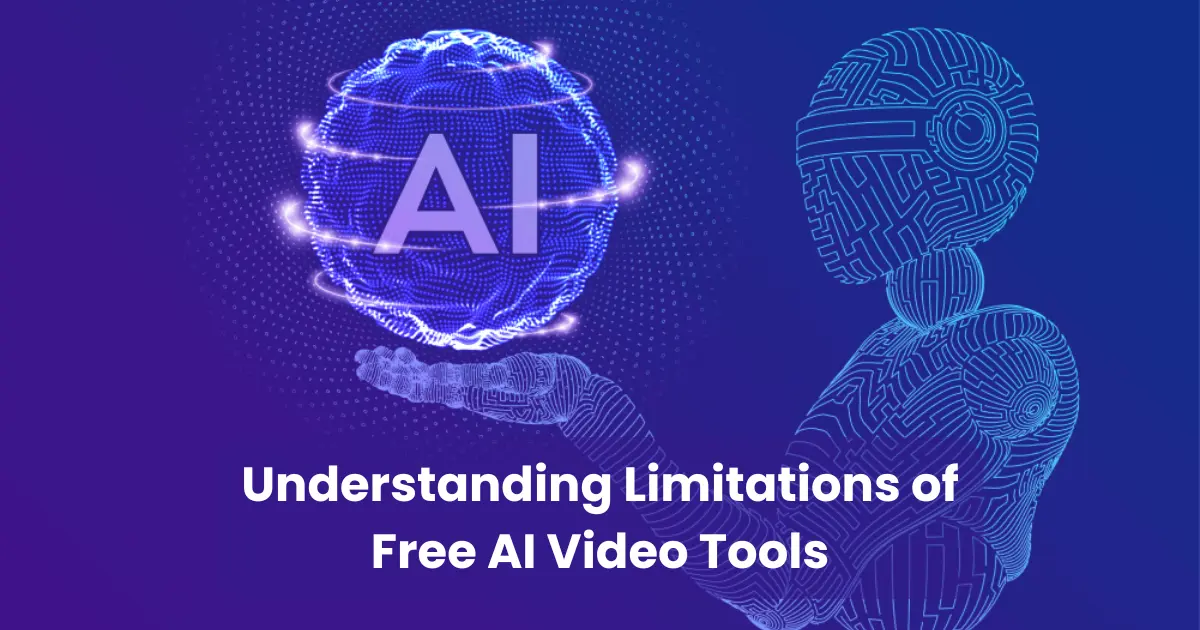The Dual Nature of AI Video: Innovation and Challenges
AI video technology is transforming content creation with innovative tools, yet faces significant technical and ethical challenges that limit its potential.

The Dual Nature of AI Video: Innovation and Challenges
Artificial intelligence (AI) is rapidly reshaping video production with tools that can generate, edit, and manipulate video content in ways previously unimaginable. However, while AI video technology is brilliant in its capabilities, it remains broken in critical aspects that limit its current usability and raise ethical and technical challenges. This article explores why AI video is simultaneously a groundbreaking innovation and a technology fraught with significant hurdles, drawing on the latest developments and expert insights from 2025.
The Brilliance of AI Video Technology
Revolutionary Content Creation
AI video generation tools like Synthesia, Runway ML, and Google’s VEO 3 have transformed video content creation by enabling the production of highly realistic videos with minimal human input. These platforms use generative AI models that can create lifelike avatars, perform real-time video editing, and translate textual or audio inputs into visual content, making personalized video production accessible for education, marketing, and entertainment industries.
- Synthesia allows users to create videos featuring realistic AI avatars that can speak multiple languages, streamlining global content delivery.
- Runway ML offers real-time video editing capabilities with AI-driven effects, lowering the barrier to high-quality video production.
- Google’s VEO 3 represents a leap forward in AI video generation, pushing the boundaries of realism by advancing the synthesis of human motion and facial expressions in video clips.
Efficiency and Scalability
AI video tools drastically reduce the time and cost of producing video content. Traditional video production involves extensive filming, editing, and post-processing, which are resource-intensive. AI can automate many of these steps, allowing creators and businesses to scale video output and customize content rapidly. This is particularly impactful in sectors like e-learning, where personalized videos can be generated for millions of learners without incremental human effort.
Integration with Other AI Trends
The rise of generative AI models in 2025 complements AI video technology. Models like GPT-4 and multimodal systems enable seamless integration of text, audio, and video generation, enhancing the interactivity and personalization of content. Microsoft's recent AI model launches (MAI-Voice-1 and MAI-1 Preview) also tie into this ecosystem by improving audio generation, which is critical for synchronizing realistic speech in AI videos.
Why AI Video Is Broken: Current Limitations and Challenges
Technical Shortcomings and Artifacts
Despite advances, AI video generation still struggles with several technical issues:
- Unnatural movements and facial expressions: AI-generated videos sometimes exhibit subtle glitches or "uncanny valley" effects, making avatars appear eerie rather than lifelike.
- Low resolution and frame coherence: Compared to professional video, AI videos may have inconsistent frame quality or artifacts, especially in complex scenes with rapid motion.
- Limited contextual understanding: AI models often fail to grasp nuanced human emotions or cultural context, leading to unnatural or inappropriate content generation.
Ethical and Misinformation Risks
AI video technology's capacity to create hyper-realistic fake videos (deepfakes) poses significant ethical concerns:
- Misinformation and Manipulation: AI-generated videos can be weaponized for political propaganda, fake news, and identity fraud, undermining public trust in video media.
- Consent and Privacy: The use of AI avatars resembling real people without permission raises legal and moral questions.
- Accountability: It is challenging to trace the origin or verify the authenticity of AI videos, complicating legal recourse and content moderation.
Dependence on Data and Computational Resources
AI video generation requires vast datasets and significant computing power, making it accessible mostly to large companies or well-funded startups. This creates an innovation gap and raises environmental concerns due to the energy consumption of training large AI models.
Implications and Industry Impact
Media and Entertainment
AI video tools democratize content creation, allowing independent creators and small businesses to produce professional-quality videos. However, studios and professionals must adapt to new workflows integrating AI, balancing automation with creative control.
Education and Marketing
Personalized AI videos can enhance learning engagement and targeted advertising, but educators and marketers must ensure content accuracy and ethical use.
Regulation and Standards
Governments and industry bodies are increasingly focusing on regulating AI-generated video content to combat misinformation and protect privacy. Transparency standards and watermarking AI-generated videos are emerging solutions.
Visual Illustrations
- Synthesia AI avatar demo screenshot — illustrating realistic AI-generated presenters.
- Runway ML interface screenshot — showing real-time AI video editing tools.
- Google VEO 3 AI video generation example — demonstrating advances in video realism.
Conclusion
AI video technology in 2025 is a double-edged sword: it offers brilliant capabilities that revolutionize how we create and consume video content but remains broken in areas that limit its trustworthiness and quality. As AI video tools continue to evolve, addressing technical imperfections, ethical concerns, and regulatory challenges will be essential to unlocking their full potential while safeguarding society against misuse.
The future of AI video depends on collaborative innovation, responsible deployment, and informed oversight to transform this powerful technology from a fractured novelty into a reliable, pervasive creative force.
Images sourced from official Synthesia, Runway ML, and Google AI product pages illustrate the cutting-edge AI video tools discussed.



